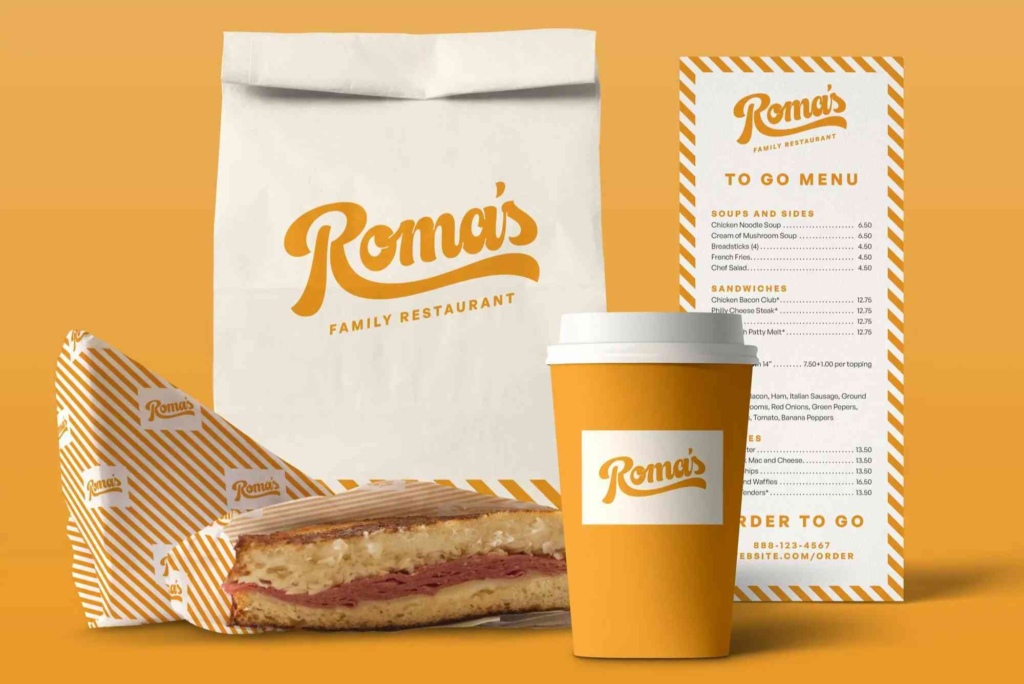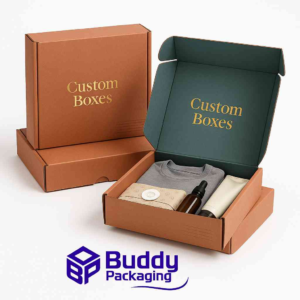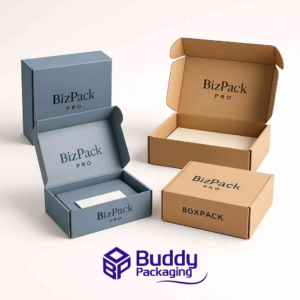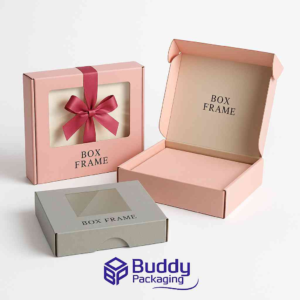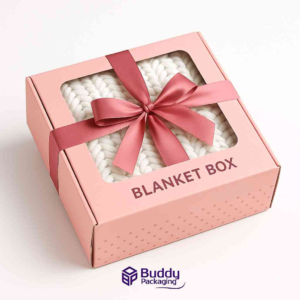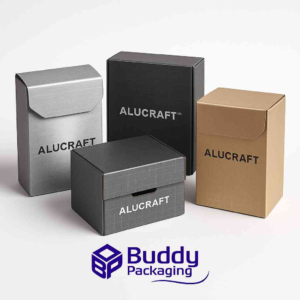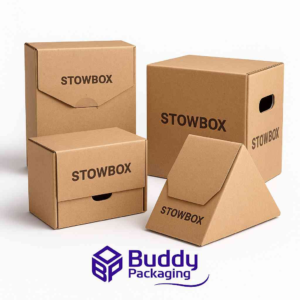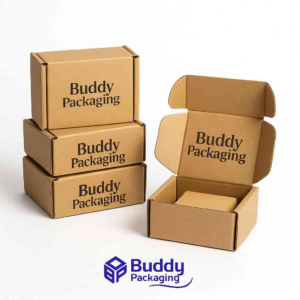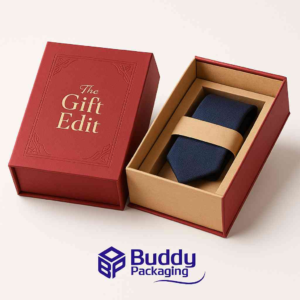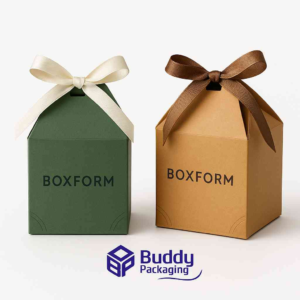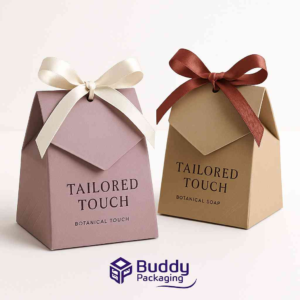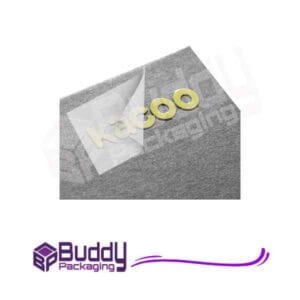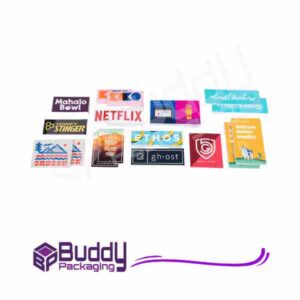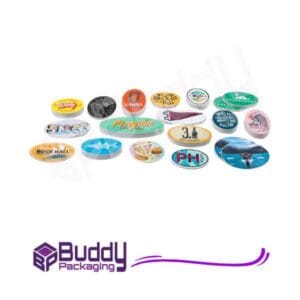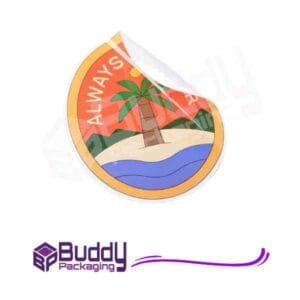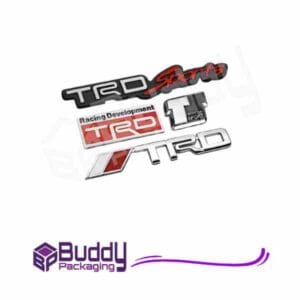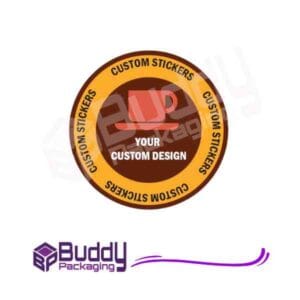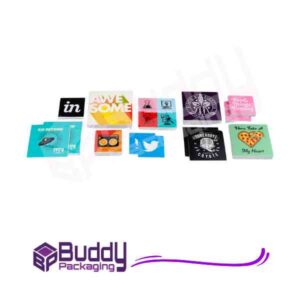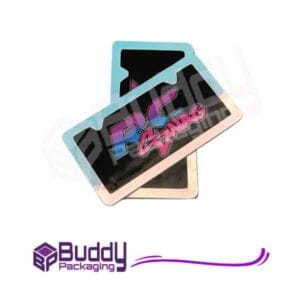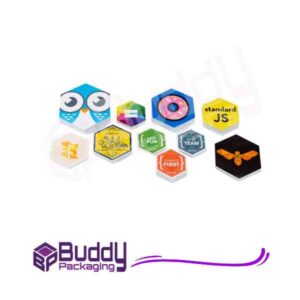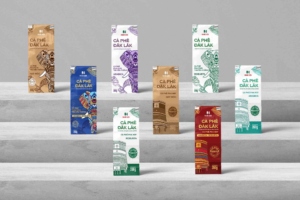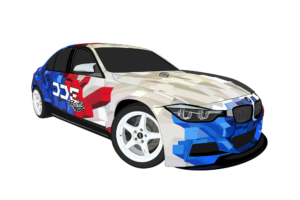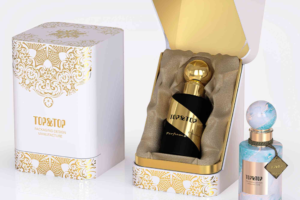Introduction
Food and beverage packaging design plays a critical role in how products are perceived, purchased, and experienced. Beyond protecting the contents, it communicates brand identity, builds trust, and shapes consumer choices. In today’s highly competitive market, companies must treat packaging design as a strategic tool for success. With changing consumer expectations, sustainability concerns, and advancements in printing technology, brands have an opportunity to differentiate themselves through creative and functional designs.
The Importance of Food and Beverage Packaging Design
Packaging is often the first interaction a consumer has with a product. Studies show that people make purchase decisions within seconds, largely based on visual impressions. A well-designed package can make a brand stand out among hundreds of options on the shelf. It not only attracts attention but also conveys essential details like ingredients, nutritional facts, and brand values. In essence, food and beverage packaging design combines aesthetics with functionality to create an unforgettable customer experience.
Building Brand Identity
Every successful brand invests in packaging as a reflection of its identity. A strong design communicates values such as premium quality, health consciousness, or eco-friendliness. For example, minimalist packaging often resonates with consumers who value natural and organic products, while bold, colourful packaging appeals to younger audiences looking for energy and excitement.
Enhancing Consumer Trust
Food and beverage items require a high level of consumer trust. Clear labeling, transparency in nutritional information, and tamper-proof features enhance credibility. Packaging design also ensures compliance with food safety regulations, reassuring customers that the product is both safe and reliable.
Key Elements of Effective Packaging Design
Food and beverage packaging design is not only about visual appeal but also about structure, durability, and usability. Several elements contribute to creating packaging that both sells and satisfies.
Visual Appeal and Graphics
Graphics, colour schemes, and typography are central to attracting attention. The right combination makes products memorable. Bright colours often suggest energy drinks, while earthy tones resonate with organic teas or snacks. Typography also conveys tone—sleek fonts suggest luxury, while playful fonts add a fun element.
Functionality and Protection
The primary function of packaging is to protect the product. Food and beverages require safe, durable materials that prevent contamination, preserve freshness, and extend shelf life. Features like resealable pouches, easy-pour spouts, and single-serve packs add convenience, which directly influences consumer loyalty.
Sustainability and Eco-Friendly Materials
With growing environmental awareness, sustainable packaging has become a priority. Brands are now using biodegradable, recyclable, or compostable materials to minimize environmental impact. Sustainable packaging not only benefits the planet but also appeals to eco-conscious consumers.
Trends in Food and Beverage Packaging Design
Consumer preferences and technological innovations continually reshape packaging trends. Brands that adapt quickly often gain a competitive edge.
Minimalist and Transparent Designs
Transparency in both design and materials creates trust. Consumers prefer to see the actual product through clear windows or transparent films. Minimalist designs, with clean typography and simple layouts, reflect honesty and authenticity.
Smart Packaging Solutions
Technology is transforming packaging. QR codes, NFC tags, and augmented reality features allow customers to access recipes, sourcing details, or promotional content. Smart packaging bridges the gap between physical products and digital engagement.
Personalized Packaging
Brands increasingly use customisation to connect with consumers. Limited-edition designs or personalized labels enhance emotional bonds with customers. Personalization makes a product feel unique, encouraging repeat purchases.
Sustainable Innovations
From edible packaging films to plant-based plastics, innovation is reshaping the industry. Many companies are redesigning packaging to reduce carbon footprints and comply with stricter sustainability regulations.
How Packaging Influences Buying Decisions
Food and beverage packaging design impacts consumer psychology. Visual cues, tactile sensations, and even sound influence how products are perceived.
Colour Psychology in Packaging
Colours evoke emotions and influence choices. Red is often used to stimulate appetite, while green signals health and freshness. Gold and black suggest luxury and exclusivity. Brands use these cues strategically to target their audiences.
Shape and Structure
Unique shapes can make products instantly recognizable. Think of iconic bottles or snack packs that stand out on shelves. Innovative structures not only catch the eye but also enhance usability, such as ergonomic bottle designs or stackable snack containers.
Emotional Connection
Packaging that tells a story creates a deeper emotional connection. Whether it’s highlighting locally sourced ingredients or showcasing heritage, storytelling through packaging strengthens brand loyalty.
Role of Printing and Finishing in Packaging
High-quality printing and finishing techniques elevate packaging design. Glossy finishes add vibrancy, while matte textures convey elegance. Embossing, foiling, and spot UV effects make products feel premium. Brands looking for deeper insights into materials and techniques often turn to resources such as print & finishing insights to stay updated on industry innovations.
Balancing Creativity with Compliance
Design creativity must align with food safety standards. Labels must include allergens, expiration dates, and nutritional facts. Overly complicated designs that obscure essential information can create mistrust. The most effective food and beverage packaging design blends creativity with clarity and regulatory compliance.
Custom Packaging for Brand Differentiation
Every product deserves packaging that matches its uniqueness. Many brands now invest in custom packaging to ensure their products stand out. Custom solutions allow for flexibility in size, shape, design, and material. This not only enhances branding but also reduces waste by optimizing material use. Custom packaging also improves customer unboxing experiences, which are crucial in the age of e-commerce and social media marketing.
Challenges in Food and Beverage Packaging Design
While opportunities are vast, challenges exist. Balancing cost efficiency with quality, keeping up with eco-friendly innovations, and maintaining compliance with changing regulations can be complex. Additionally, cultural differences across global markets mean packaging must be adapted to resonate with diverse audiences.
FAQs
What are the most important factors in food and beverage packaging design?
Key factors include functionality, safety, sustainability, branding, and visual appeal. Packaging must protect the product while attracting consumers.
How does packaging design affect consumer choices?
Packaging design influences perception through colours, shapes, materials, and storytelling. It often determines whether a customer picks up a product.
Why is sustainability important in packaging design?
Sustainable packaging reduces environmental impact and appeals to eco-conscious consumers. It also helps brands align with regulatory requirements.
What role does technology play in modern packaging?
Technology enables smart packaging features like QR codes, interactive labels, and traceability systems, enhancing customer engagement and transparency.
How can brands stand out with packaging?
Brands can differentiate by using custom packaging, storytelling, innovative structures, and unique printing techniques that reflect their identity.
Food and beverage packaging design is more than just a protective shell; it is a vital marketing tool that influences consumer perception, communicates brand values, and drives sales. With trends like sustainability, personalization, and smart packaging gaining momentum, brands have limitless opportunities to innovate. By investing in creativity, compliance, and consumer-focused design, businesses can ensure their packaging leaves a lasting impression.

